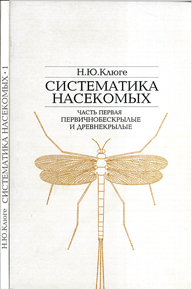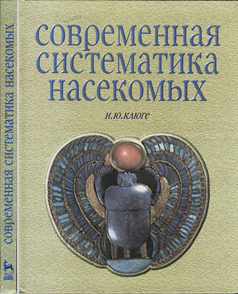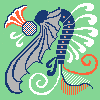|
This book considers systematic position and general system of arthropods, general system of myriapods and systematics of insects detailed up to the taxa which are usually accepted in ranks of orders and suborders. With this, here are discussed all argued hypotheses about phylogenetic relationships of these taxa — i.e., hypotheses based on correct or erroneous interpretations of really existent characters; classifications based of various phylogenetic hypotheses and on various principles of systematics are compared.
Such critical analysis of insect system became possible thanks to the elaborated by the author principle of cladoendesis, which represent a method of phylogenetic analysis by means of building a classification, in which each phylogenetic branch is represented by a holophyletic taxon, and each non-resolved portion of phylogenetic tree is represented by a plesiomorphon, and characters of all taxa are formulated as hierarchically interconnected. Formal ranks (such as class or genus) are not used here; thanks to the nomenclatural principles elaborated by the author and based on the International Code of Zoological Nomenclature and existent traditions, each taxon is supplied with its own non-repeatable name, that makes easier discussion of its characteristics, status and systematic position. The first chapter of the book, devoted to the general principles of phylogeny analysis, constructing a classification, and the principles of nomenclature of biological taxa, is of interest to a wide range of biologists. It, in particular, explains what the contradiction between the widely used matrix methods of phylogenetic analysis and the theory of evolution consists of.
The book uses the author's original data on the morphology and metamorphosis of insects, some of which are published for the first time.
The book is intended both for researchers working in the field of arthropod taxonomy, and for teachers of higher educational institutions, graduate students and students studying entomology and zoology. This book can also be used by people who do not have a special education, because the reader can find definitions and explanations of all the mentioned terms and concepts in it. |



-2020(2).jpg)
